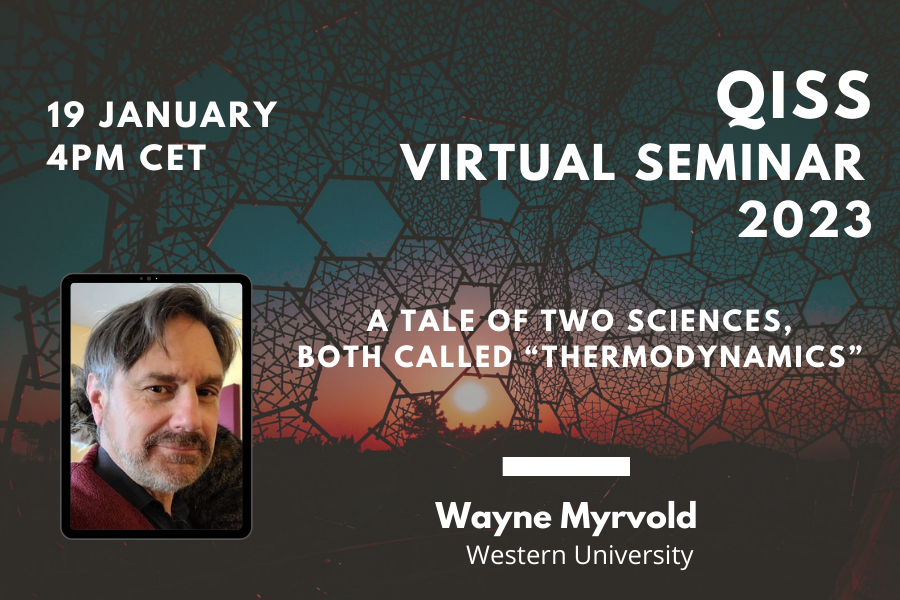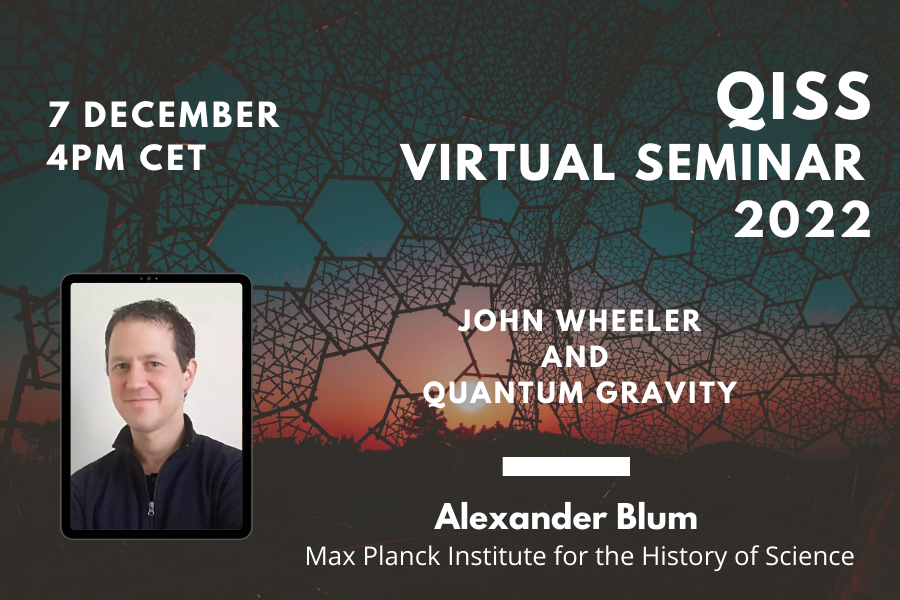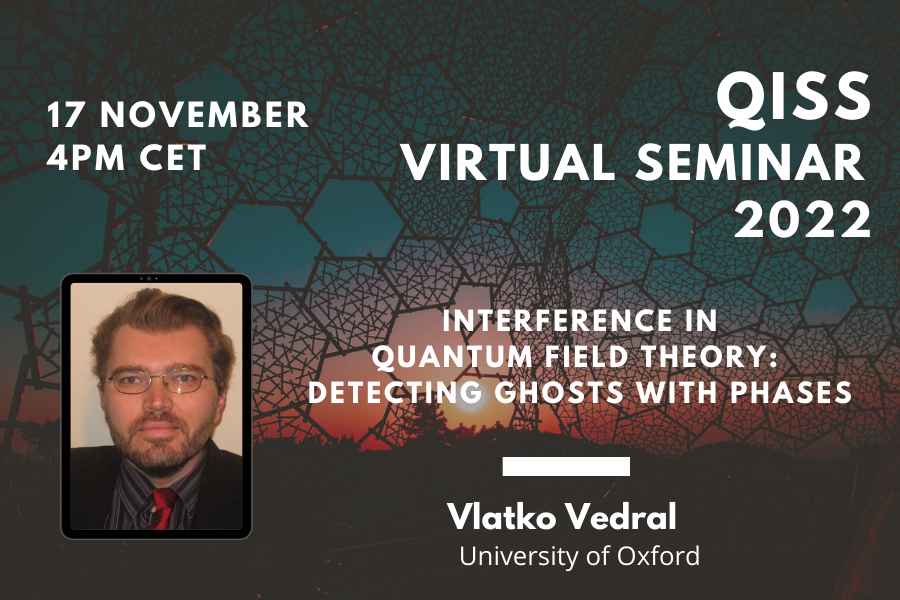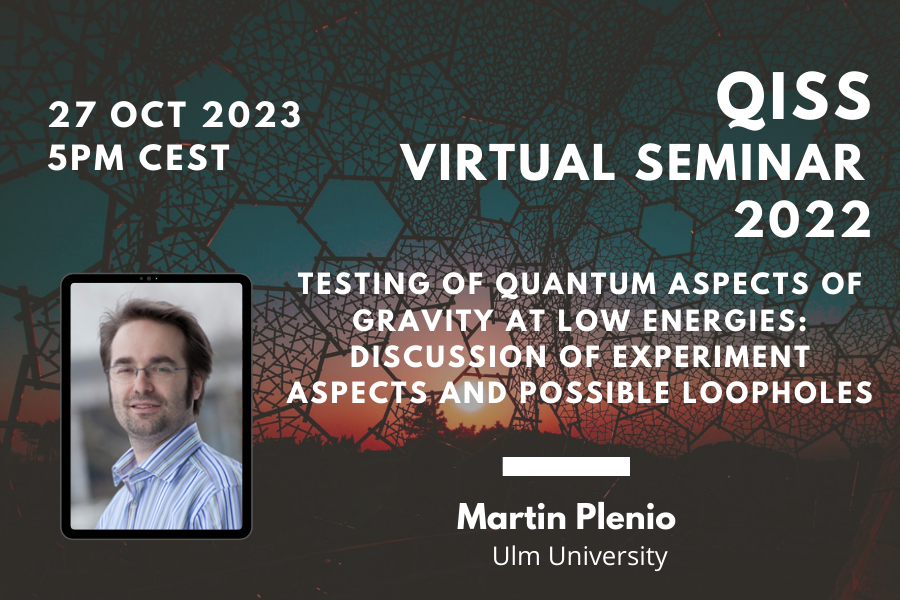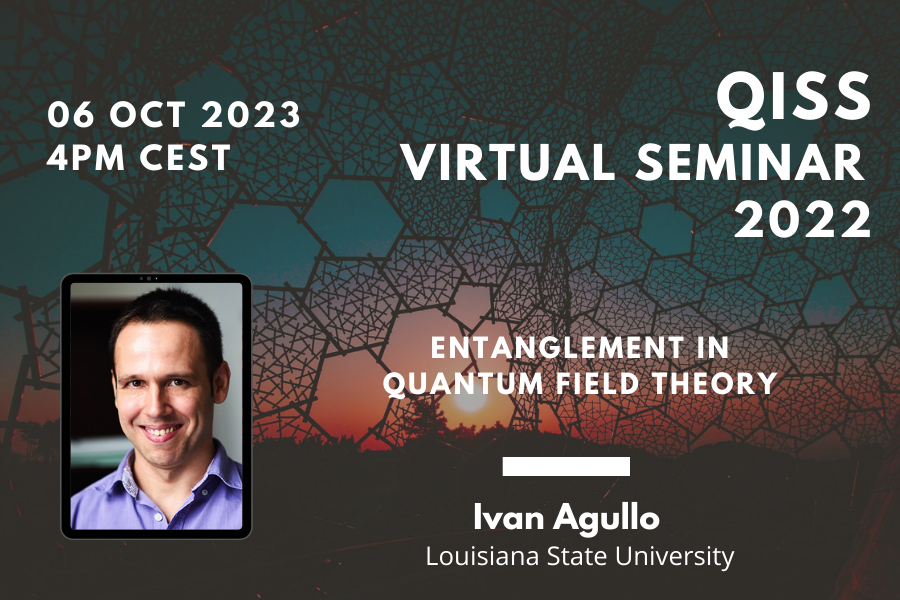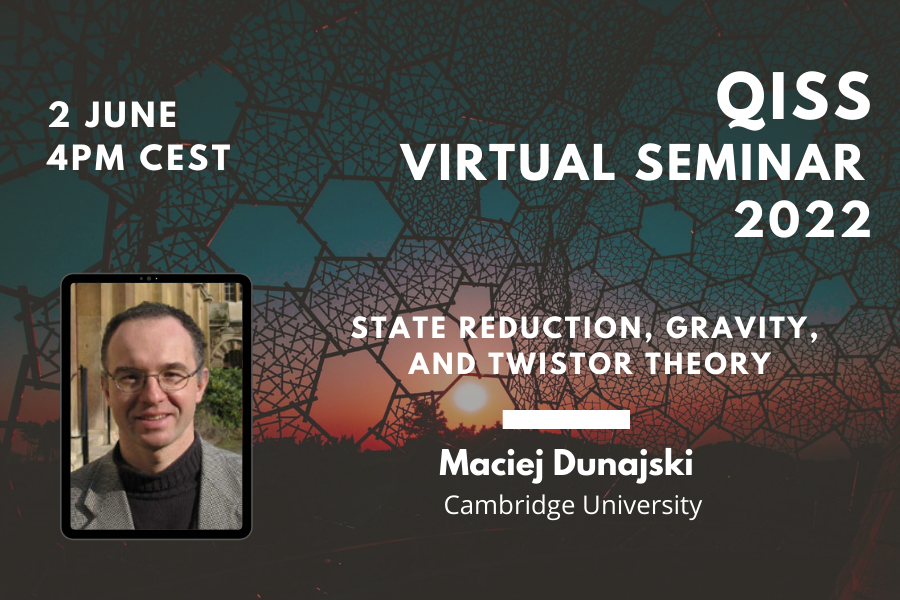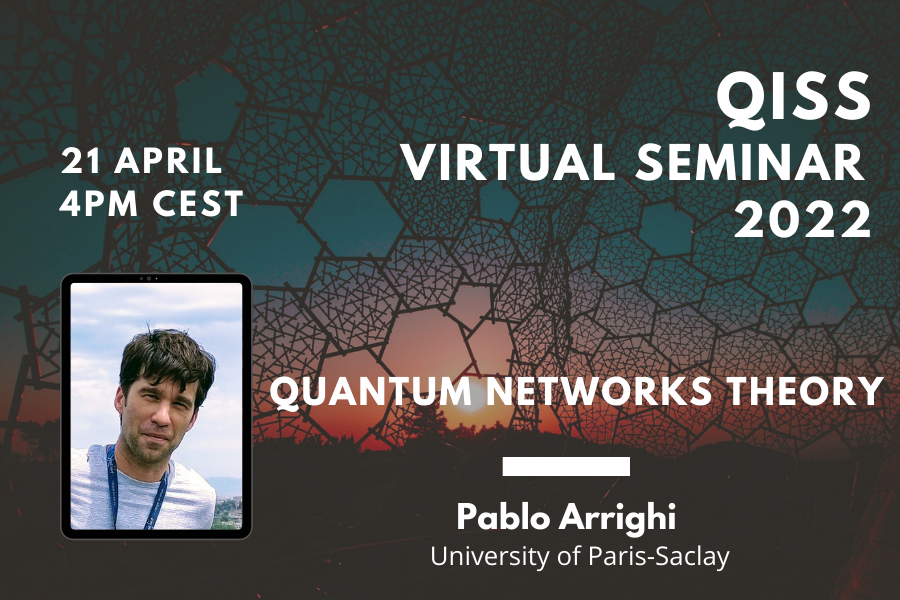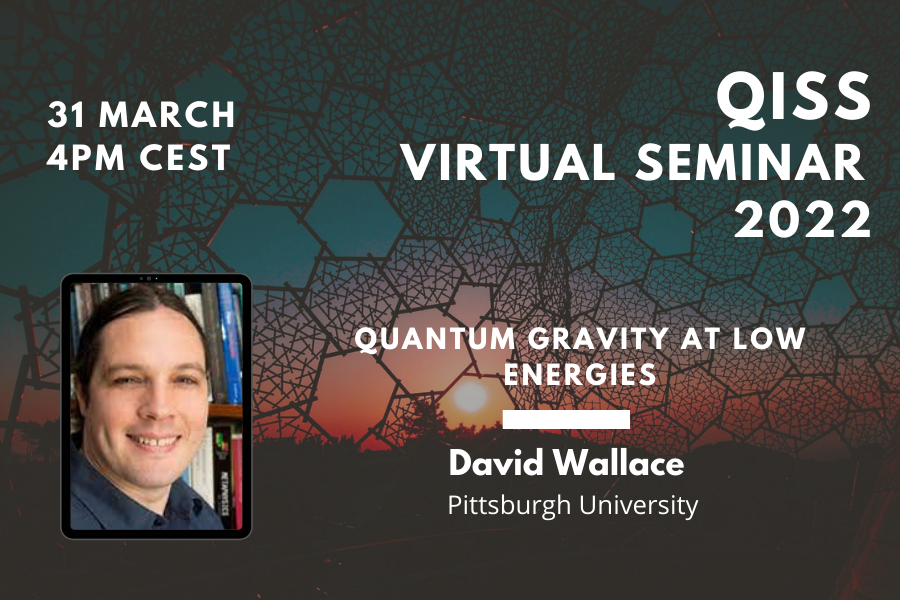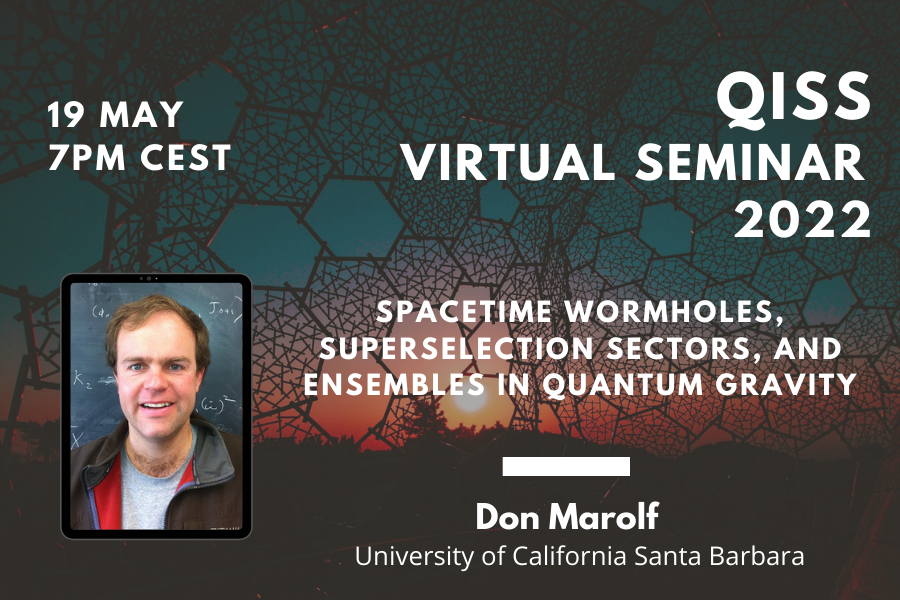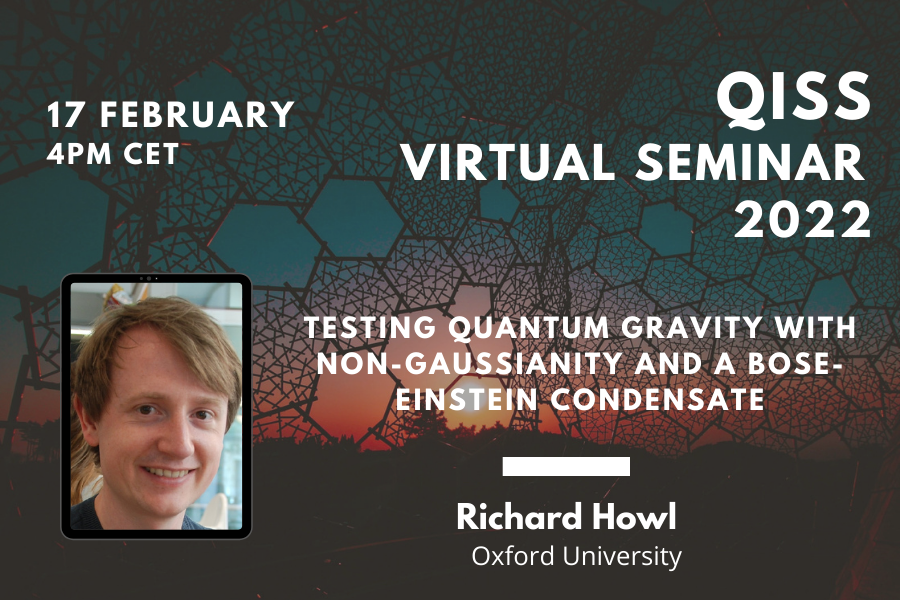Wayne Myrvold
Western UniversityA Tale of Two Sciences, Both Called “Thermodynamics”
It has been occasionally remarked, but insufficiently appreciated, that there are two distinct sorts of endeavour that have gone by the name of “thermodynamics”. The first, which is in line with how the founders of the subject thought of it, is a theory about how agents with limited means of manipulation and limited access to …
Wayne Myrvold
Western UniversityA Tale of Two Sciences, Both Called “Thermodynamics” Read More »
